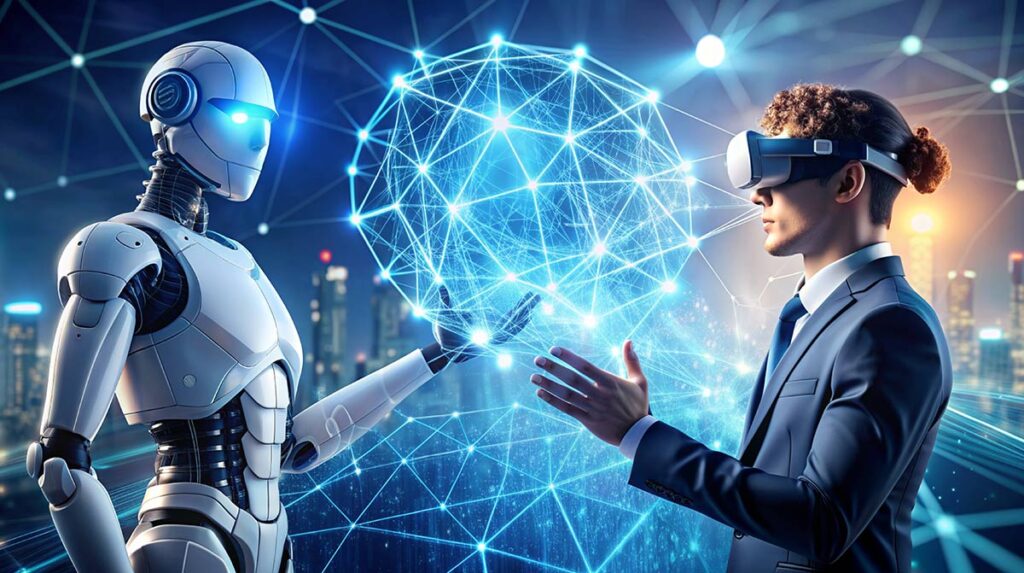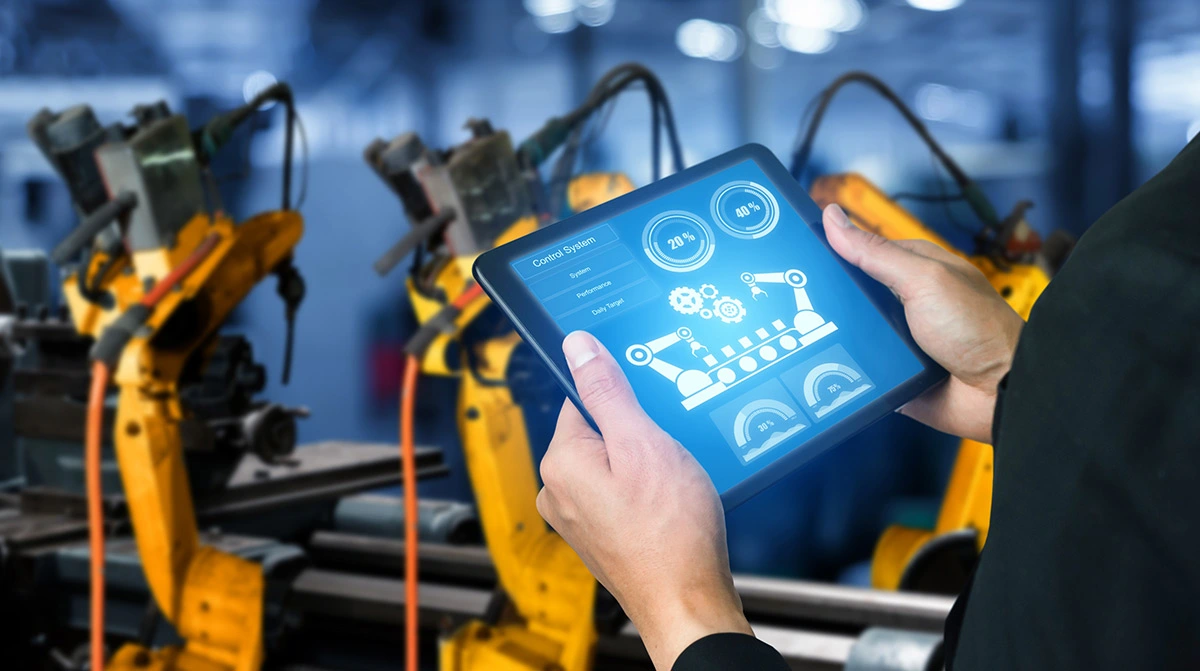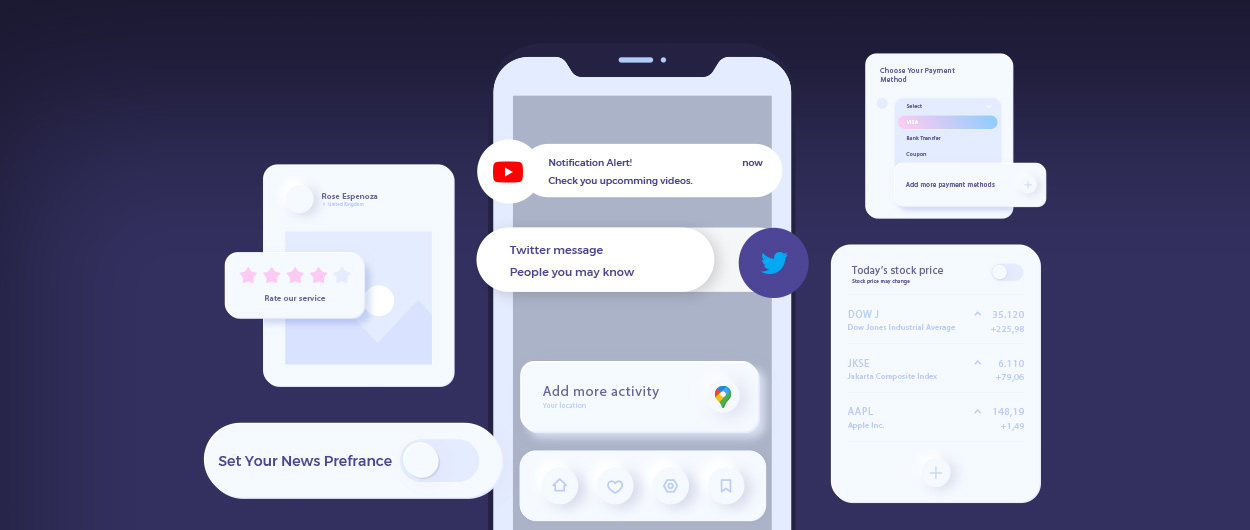
The world of technology is evolving, but our approach to communicating these advancements are dated. As a result, we see a lot of people confused about key technological concepts.
Generally, new ideas and concepts find it tough to seep into the minds of common people. Add to that, partial communication of ideas from media channels does not help the cause either. A classic example of half-baked information flow on key technology concepts is the way machine learning and artificial intelligence have been perceived or differentiated by the masses.
Most people have a preconceived notion that ML and AI are the same, and can be used interchangeably in conversations without actually knowing about their implications.
So unless there is an in-depth discussion on how the two technological concepts differ from each other, it would be hard to tell them apart. So, let’s take the time to talk about artificial intelligence and machine learning from the scratch and see how they differ from each other.
What is Artificial intelligence?
The core concept of Artificial Intelligence is to explore how man-made thinking capabilities can be infused into the computers to enhance the way we live.
Here, the computer systems are engineered to mimic human intelligence in a much smaller time span and carry out decision-making tasks. Now, adding the human-like tingling capability to computers might have been a far-fetched idea a couple of decades ago, but today we have AI transforming lives.
When you interact with Siri or Alexa, you are actually interacting with an AI-driven virtual companion.
What is Machine Learning?
Machine learning is a process with which huge chunks of historical and current data are ingested into the system to analyze and learn various curves and trends. This helps computers become more intelligent while helping businesses make effective decisions.
Does that ring a bell? If not, then think of ML as a subset to a larger set of AI and you will get a clearer idea here. Machine learning is a process where experts feed labeled and unlabeled data to augment the accuracy of the final output.
If you are on Netflix and recently completed watching Margin Call, you might see a section that shows business movies under ‘you might like’ – that’s a recommender system in work. For the record, the recommender system is the most popular application of ML. The same applies with e-commerce as well.
Types of Machine Learning Process
The key to understanding ML at its core is to know the types of processes that are used quite extensively in today’s tech ecosystem.
- Supervised learning
In the supervised form of learning, labeled/marked data is fed into the system to train algorithms based on the labels. This ensures that when a similar nature of data set is entered into the system again, it recognizes the different elements of the dataset with precision.
For instance, a data set containing samples of two animals (dog and cat) is entered into the system and the labels are assigned to each based on the attributes. Now, the system takes note of attributes and develops an algorithm to differentiate between a dog and cat. So the next time similar data is entered, the system can differentiate the cat from the dog.
- Unsupervised form of learning
In the context of this learning mechanism, a raw dataset is introduced into the system without any pre-established markers. The machine’s objective is to identify patterns for differentiation and subsequently train algorithms to extract results. This process aligns with the earlier example discussed, with the key distinction being the absence of labeling based on physical attributes. As a dedicated Microsoft partner, we leverage advanced learning mechanisms to enhance the efficiency and accuracy of your data-driven projects.
Why ML and AI are Used Interchangeably
The natural course of evolution of AI, right from its inception in 1956 till the early 90s, was filled with uncertainty and apprehensions. People back then had conflicting thoughts about computers being trained to think like human beings.
Initially, this idea was met with great fervor, but with time, the excitement subsided and there were very few research projects on AI that were being conducted behind the scene.
The AI movement caught attention when IBM’s Deep Blue defeated the world chess champion in 1997. Interestingly, IBM termed Deep Blue as a supercomputer and not AI, which again was picked up by the media, and the real concept of AI remained elusive.
Then came the era where data began to flood in from every part of the web and managing it needed sophisticated technology. So, we had machine learning, predictive analytics, and deep actively learning working on the forefront. The umbrella blanket covering these technologies was AI and largely remained restricted to colloquial usage. For students trying to keep up with such rapid changes in tech concepts while also juggling academic writing, it’s not surprising that some might even look to pay someone to write my research paper just to stay afloat amidst the complexity.
This is the reason why people today often misinterpret these technologies as synonymous to be precise.
Comparison Table
| Machine Learning | Artificial intelligence |
| The core of ML is to acquire skills. | At its heart, AI is all about gaining knowledge akin to human beings. |
| ML process aims at reaching the optimum accuracy levels. | The scope of AI is mainly defined in terms of improving the success rate. |
| Highly data-dependent to provide accurate outcomes, and takes in a lot of data for training purposes. | Data dependency is low as compared to ML, as it can be perceived as a part of computer programming. |
| The objective in case of machine learning is to fine tune algorithms based on input to perform a certain task with maximum accuracy. | The ultimate objective is to mimic human thinking capabilities. |
| Machine Learning does not encompass decision making. | Decision making is a core element of AI. |
| The principle of the ML to find a solution for determining accurate results. | AI on the other hand not just focuses on churning out a solution, but the best one possible. |
| The end product is wisdom. | Here, the end product is intelligence. |
Conclusion
The comparison table here will clear any confusion regarding ML and AI that you might have. We also encourage you to share this knowledge with other individuals, just like an AI would do. Bet you to ask Alexa or Siri about the difference between AI and ML.
Still want to learn more about Machine Learning or Artificial Intelligence. Connect with Brainvire experts to know how it can be used to streamline business outcomes.
Related Articles
-
Driving Efficiency By Harnessing AI for Cloud Optimization
AI in cloud computing enhances security measures, proactively identifying and mitigating threats before they can impact operations. This level of protection is crucial in today’s digital landscape, where cyber threats
-
From Automation to Intelligence: AI & ML’s Role in Industry 4.0
What is AI & ML in Industry 4.0? “Industry 4.0” refers to the fourth industrial revolution, which combines digital technologies with physical processes in manufacturing and industry. Artificial Intelligence (AI)
-
Optimizing for Speed and Security: Integrating Gemini Pro in Your Mobile Apps Responsibly
With the right integration of Gemini Pro, your mobile apps can now have the best balance of motion protection. This article explores the art of responsible integration, which is increasingly



